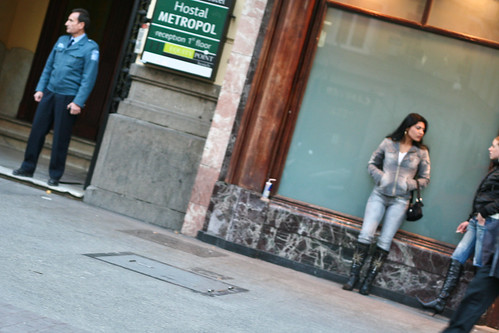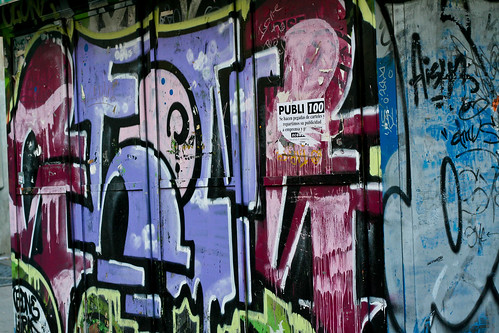A fascinating post by Marc Andreeson on rebuilding Hollywood in Silicon Valley’s image. Here’s his inspiring conclusion:
However, in the event of a long-term strike, out of the ashes of the traditional model would — I believe — come the birth of certainly dozens, maybe hundreds, and possibly even thousands of new media companies, rising phoenix-like into the global entertainment market, financed by venture capital, creating amazing new properties, employing large numbers of people, and rewarding their creators as owners.
As someone who’s made a career out of working on web sites, and has dabbled with filmmaking, I’m ready for this new world. When you build a web site, it’s all point and click, online collaboration, drag and drop, copy, paste, submit. When you make a movie, it’s about printing out scripts, stuffing them in envelopes and pitching your ideas in person to people far removed from the actual decision-makers.
This is a world that’s calling out for disintermediation. The moviemaking business is filled with gatekeepers (like studios and agents) that add costs and keep consumers from getting the content they want. Andreeson rightly points out the music industry as an obvious parallel.
I have a friend who gets all his media from YouTube. He doesn’t watch TV. I suspect that, the longer the strike drags on, the more people will be like my friend.
The Internet has utterly changed countless industries. Now, with advent of the writers’ strike, it’s Hollywood’s turn.






